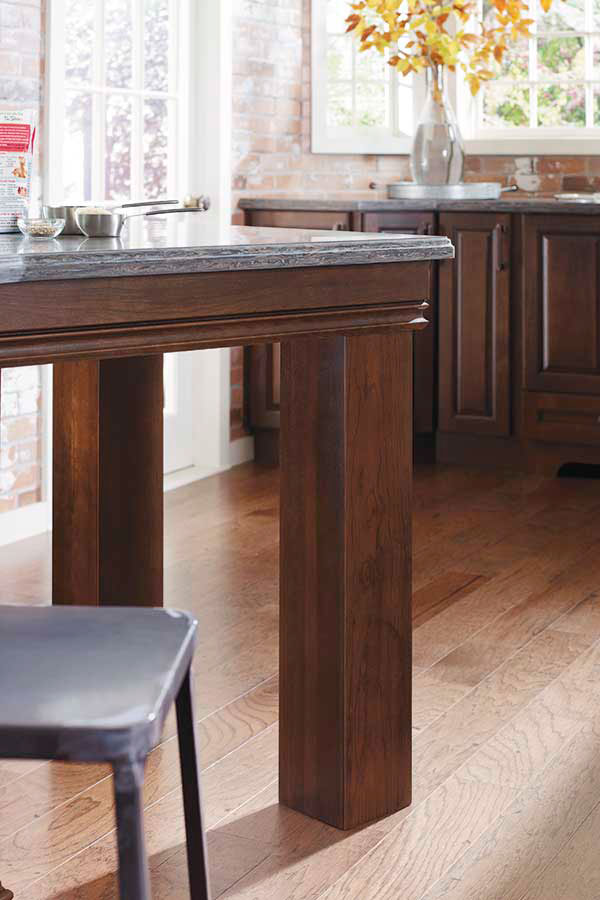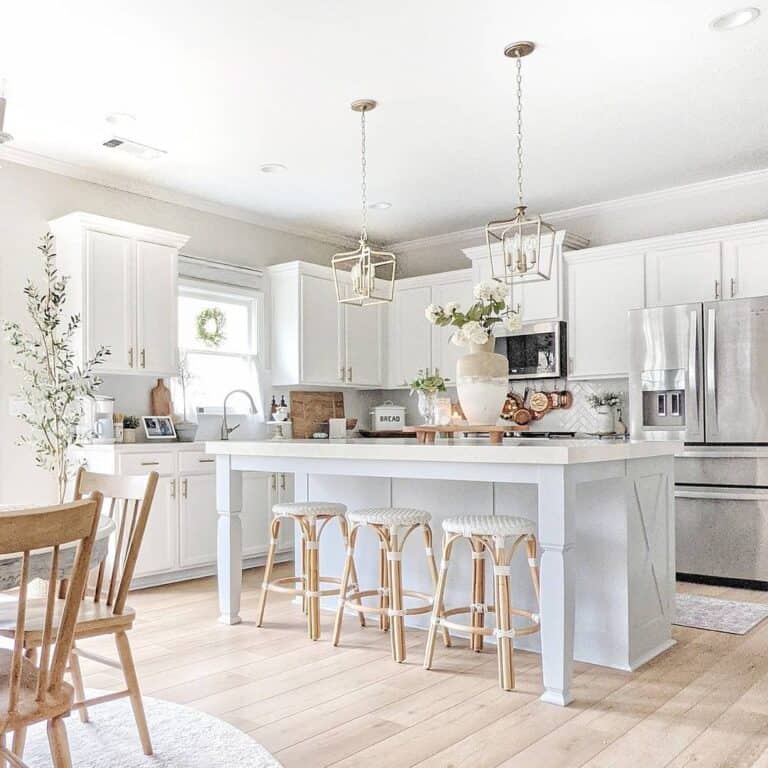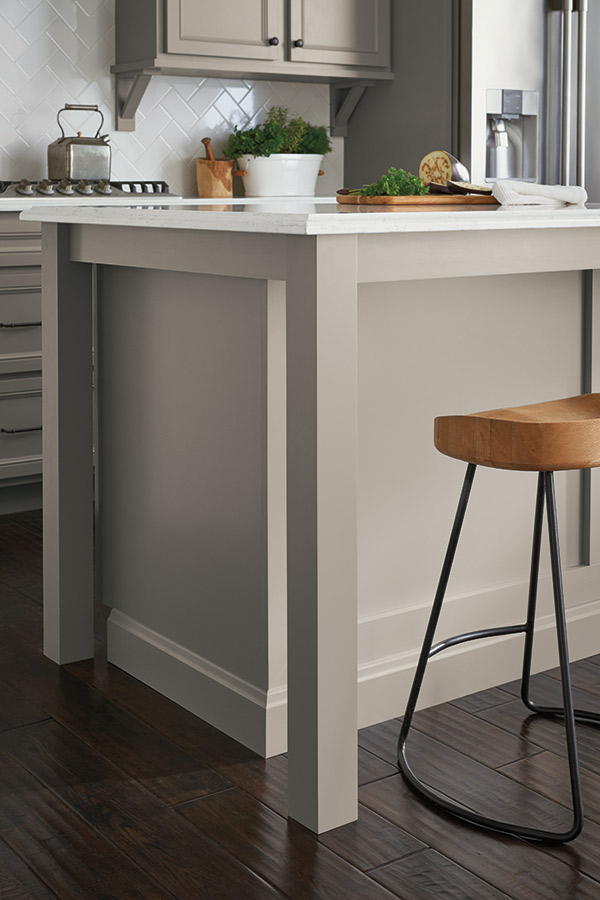A Guide to Selecting the Perfect Legs For Kitchen Area Island for Your Home
Picking the optimal legs for your cooking area island is a nuanced choice that impacts both the performance and aesthetic allure of this main room. Factors such as height, materials, and design play an essential role in harmonizing your island with the general kitchen area layout. In addition, understanding the significance of stability and maintenance can substantially affect your option. As you take into consideration these elements, it becomes apparent that the ideal legs can change not just the look of your kitchen area however likewise its functionality for many years ahead. What details attributes should you focus on in this option process?

Understanding Cooking Area Island Legs
When choosing legs for a cooking area island, it's vital to understand their useful and aesthetic roles in the general layout. The legs work as a critical support group, making sure stability and toughness for the island, which frequently operates as a workspace, dining area, or collecting spot. For that reason, the selection of material and construction method have to be robust enough to stand up to day-to-day use and potential wear.
Along with their structural obligations, legs contribute dramatically to the island's aesthetic allure. They can enhance the kitchen's style, whether with standard, modern, or diverse layouts. The elevation and percentage of the legs are additionally critical considerations; they must harmonize with the island's counter top height while ensuring comfortable seating for those using the area.
Furthermore, the leg style can influence the overall flow of the kitchen. Open, airy leg designs can develop a feeling of agility, while solid, considerable legs may convey a more grounded and secure visual - Legs For Kitchen Island. Recognizing these practical and aesthetic aspects will certainly lead home owners in making notified options that complement their kitchen's layout and boost its functionality
Popular Styles and Materials
The selection of legs for a cooking area island incorporates a range of popular designs and products, each offering one-of-a-kind qualities that can improve both capability and appearances. Among one of the most sought-after styles are modern, rustic, and standard. Contemporary legs often include streamlined, minimal styles that highlight simpleness and tidy lines, making them optimal for contemporary cooking areas. Rustic styles, on the various other hand, accept natural environments and commonly showcase redeemed wood or troubled finishes, including warmth and appeal to the space. Standard legs generally display elaborate details and workmanship, enhancing timeless kitchen styles.

Elevation and Security Factors To Consider

Security is one more vital consideration. The legs of the kitchen island need to give adequate support, making certain that the structure can endure daily use without tottering or moving. Product selection plays a significant duty in stability; steel legs, for instance, tend to use greater stamina contrasted to wood. In addition, guaranteeing that the island is firmly anchored to the flooring or wall surface can enhance security, particularly for larger islands that might bear considerable weight.
Matching Your Kitchen Aesthetic
Choosing the ideal legs why not try this out for your cooking area island goes beyond functionality; it likewise plays a substantial duty in the total aesthetic of the space. When choosing legs, think about the layout style of your kitchen area. For a modern appearance, sleek metal or minimalist designs can create a clean, modern vibe. On the other hand, conventional or rustic kitchen areas usually gain from wood a knockout post legs with detailed describing or a troubled coating, improving warmth and character.
Color is an additional important element. Legs that enhance or contrast with your island's surface area and bordering cabinets can create aesthetic consistency or striking centerpieces. For example, coupling dark timber legs with a light marble counter top can add deepness and rate of interest. In addition, take into consideration the surface of the legs; matte, shiny, or textured finishes can dramatically affect the overall feeling of the kitchen.
Installation and Upkeep Tips
Installing kitchen area island legs calls for cautious focus to information to make sure both security and aesthetic charm. Begin by selecting an appropriate area for your island, ensuring it is level and has enough space for motion. If you are connecting the legs to a wall surface or making use of brackets for added support, utilize a stud finder to situate wall studs. Mark the placement of the legs precisely prior to exploration.
When safeguarding the legs, make use of premium screws and, if needed, timber adhesive for extra stamina. For metal legs, make sure that you are utilizing proper supports and devices to avoid damage to your flooring. It is advisable to check for levelness after installment, making adjustments as required to stay clear of wobbling.
Upkeep is just as important for longevity - Legs For Kitchen Island. On a regular basis check the legs for any kind of signs of wear or loosening, particularly in high-traffic areas. Tidy the legs with an appropriate cleaner, avoiding unpleasant materials that may scrape the surface area. For wooden legs, think about applying a timber conditioner periodically to maintain their finish. By adhering to these installation and upkeep pointers, you can make view it now sure that your kitchen area island legs stay both useful and aesthetically enticing.
Verdict
To conclude, selecting the proper legs for a kitchen island requires mindful consideration of elevation, stability, and aesthetic compatibility. By picking suitable products and designs that align with the general cooking area style, capability can be enhanced while preserving aesthetic appeal. Appropriate installment and recurring maintenance additionally add to the sturdiness and long life of the kitchen island. Eventually, thoughtful leg option plays an important duty in elevating both the functionality and style of the cooking area room.
When choosing legs for a kitchen area island, it's necessary to comprehend their functional and visual duties in the general design. Open, airy leg styles can create a feeling of agility, while solid, considerable legs might communicate a more grounded and stable visual. The legs of the kitchen area island must supply appropriate assistance, making certain that the framework can withstand daily use without tottering or shifting.Installing kitchen island legs requires cautious interest to detail to make certain both security and visual allure.In final thought, selecting the proper legs for a kitchen area island requires careful factor to consider of elevation, security, and aesthetic compatibility.